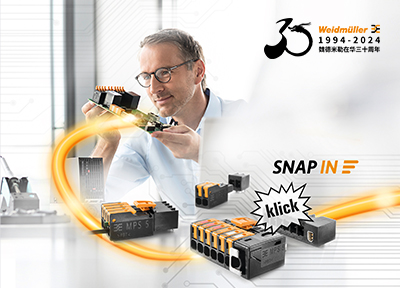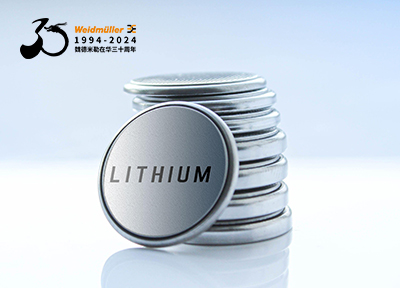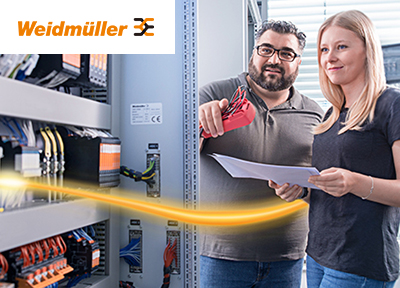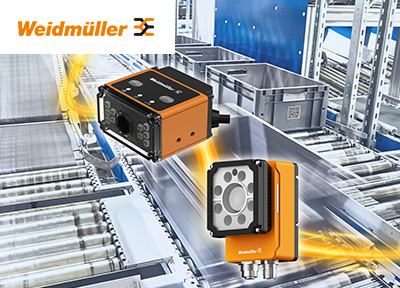The first discussion topic from our social media groups that we have chosen to feature in the pages of Control Engineering is a heated one—integrated safety. For years now this has been an ongoing discussion among the engineering community as more and more automation functionality is integrated into control devices and control devices are integrated into automation (e.g., mechatronics). While most such integrations clearly improved functionality and have been largely welcomed by the industryCONTROL ENGINEERING China版权所有, the issue of safety integration on a controller has received a different reception.
Very quickly, separate camps evolved around this issue—and they formed nearly along the same lines as such camps tend to around a political issue or party. One camp is clearly for the idea of integrationCONTROL ENGINEERING China版权所有, while another camp is clearly against it. The third camp—we’ll call them the moderates—think the idea of safety integration has potentialwww.cechina.cn, but often seeks to clarify the term “integration” or defers to standards to guide their safety implementations.
The discussion that frames this article began on Control Engineering’s social media groups after a link was posted to a blog posting by Charlie Fialkowski of Siemens on Safetybase.com. Here’s what Charlie said in his blog:
“I believe that one day it will only take one control system to automate your critical process. That’s rightCONTROL ENGINEERING China版权所有, there will be a day where it is commonly accepted that a single platform can and will provide both control and safety shutdown operations. The system themselves will be able to provide the logical separation necessary to comply.
“However, before this comes to fruition控制工程网版权所有, it will take much work on system manufactures to provide a hardened platform that is both capable and reliable to take
 用户中心
用户中心
-
 子站
子站 -
 技术
技术 -
 社区
社区
Integrated Safety: Has its Time Arrived?
www.cechina.cn2009.10.16阅读 6236
标签:Control,
版权声明:版权归控制工程网所有,转载请注明出处!
图说工控
更多+
燃情自动化——2017北京国际工业智能及自动化…
2017年05月18日
探秘“数字化工厂”
2016年07月18日
迈向工业4.0——西门子引领数字化企业进程
2016年07月18日
"智·变 赢未来",PHIIDF 2016燃情北京!
2016年06月01日ABB自动化世界2016闪耀武汉 展示“物联网+”领先…
2016年05月24日

 在线会议
在线会议 论坛
论坛 专题
专题 工控直播
工控直播 新闻中心
新闻中心 子站
子站 技术
技术 社区
社区


 剑维软件电子半导体行业白皮书有奖下载
剑维软件电子半导体行业白皮书有奖下载 魏德米勒麒麟系列产品赋能本土工业
魏德米勒麒麟系列产品赋能本土工业 Fluke 283 FC 智能万用表震撼来袭
Fluke 283 FC 智能万用表震撼来袭 SugonRI2.0工业编程平台免费有奖试用
SugonRI2.0工业编程平台免费有奖试用 IDEC HR8S系列新一代安全继电器有奖试用活动
IDEC HR8S系列新一代安全继电器有奖试用活动























